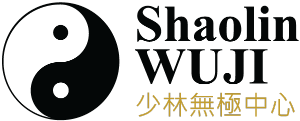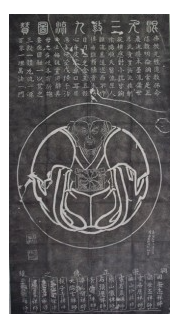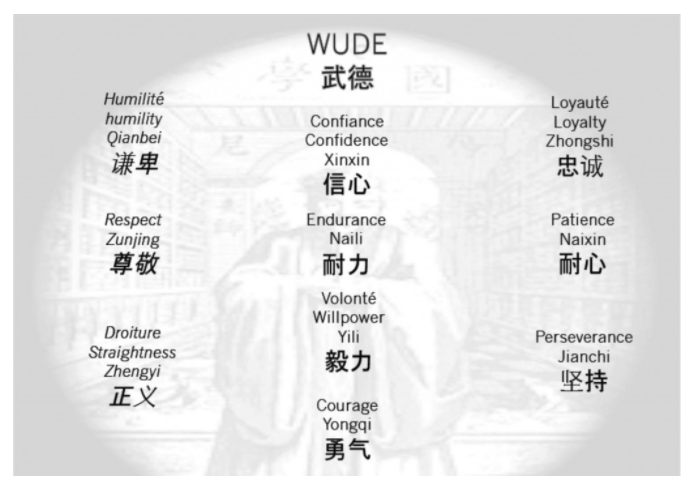During the 3rd Chinese Empire, more precisely during the 12th reign of the Ming Dynasty that marked the end of the 16th century (1567 – 1572), a stone tablet was engraved and placed into the walls of the Shaolin Monastery in Henan, the oldest Chinese province.
This critical work represents the union of the three philosophical teachings transmitted by the masters: Lao Tse (Laozi), Buddha (FO), and Confucius (Kongzi), and to this day embodies the heart of the Shaolin Monastery.
Although Bodhidharma (527 AD) had a more profound influence on the development of Zen in Asia, especially in China and Japan through Martial Arts practice, the first Buddha (Shakya-Mouni) lived at the time of Laozi and Kongzi. The founding principles of the philosophical doctrine transmitted by the first buddha affirm that body and mind are invisible notions and that the ultimate truth (Sudden illumination bringing knowledge and peace of heart to the wise) can only be found through their union (The harmony of body and mind, thought and action).
Laozi taught the power of non-action and emptiness on the advanced path (The Tao or the Great Way). He also introduced the principle of individual integration into the universal energy composed of female (Yin) and male (Yang) energies that underlie internal (Neijia) and external (Waijia) Martial Arts practices.
Confucius (Kongzi), on the other hand, founded his teachings on the behavior of man in society, in harmony with the laws of the universe. His precepts have given rise to the code of conduct in Chinese and Japanese martial arts.
Wude (Martial virtues)



